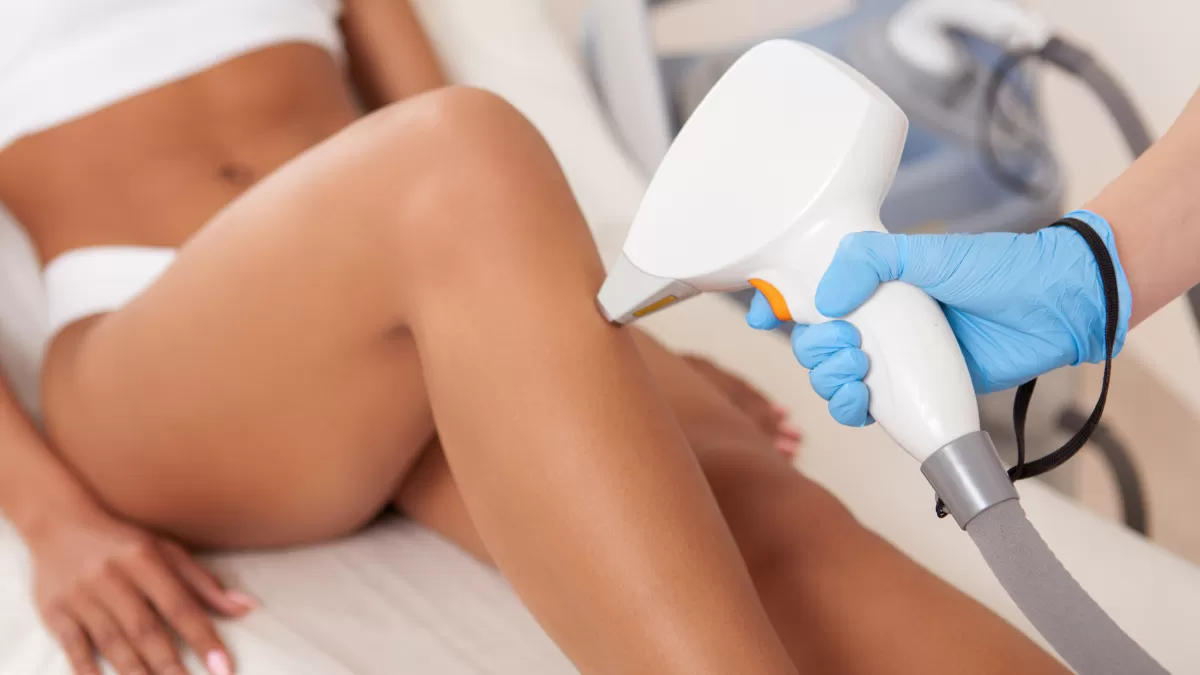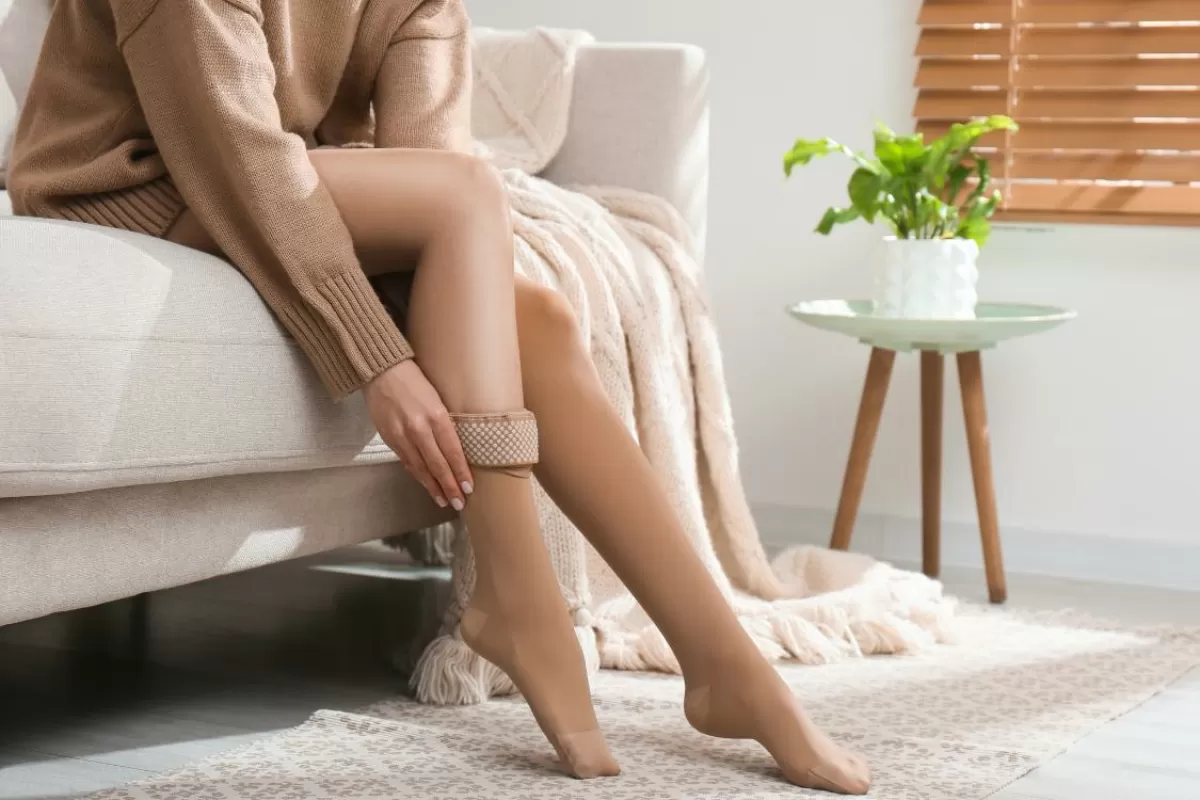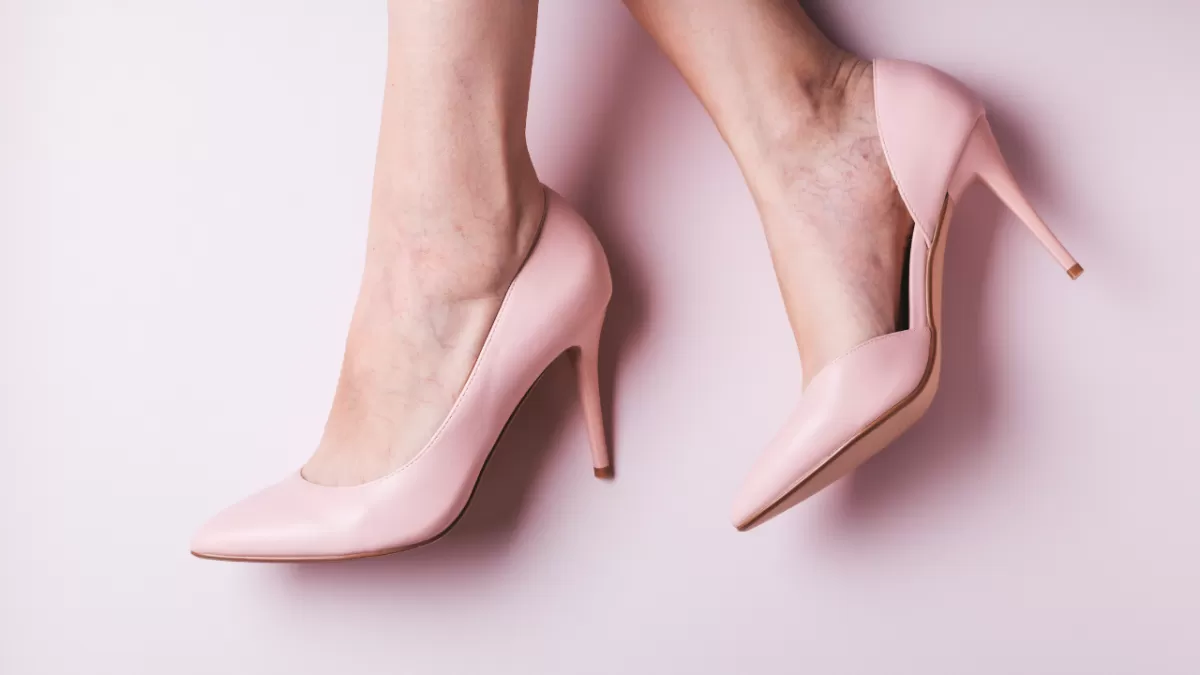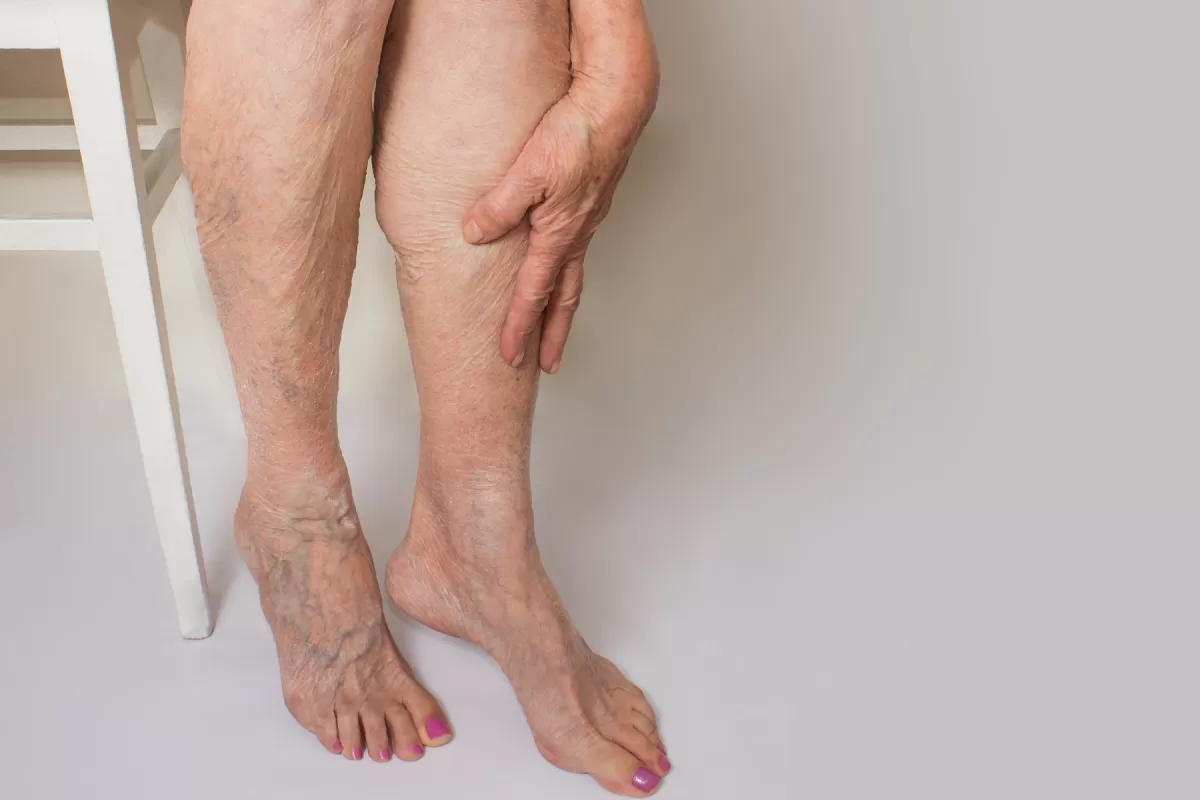Vascular Laser for Spider Veins and Varicose Veins: Understanding the Treatment

Spider veins and broken capillaries can appear anywhere on the body, but they commonly make their presence known on the face and legs. At many beauty laser clinics, vascular laser therapy is widely used for cosmetic procedures, including the treatment of spider veins. But is it the right choice for addressing these pesky veins, which can be both a cosmetic concern and, in some cases, a sign of underlying vascular issues? Let’s delve into the details and explore the world of vascular laser treatment for spider veins and varicose veins.
Understanding the Origin of Spider Veins and Varicose Veins
To comprehend the role of vascular laser treatment, it’s essential to first understand why spider veins (technically called telangiectasia) and varicose veins develop in the first place.
Veins play a critical role in our circulatory system by returning blood to the heart and lungs for oxygenation. They are equipped with one-way valves that allow blood to flow upward while preventing backflow. However, various factors, including genetics, prolonged periods of standing, hormonal changes, and more, can lead to the failure or incompetence of these valves. When this happens, blood can accumulate in a section of the vein, applying pressure and causing the vein to protrude on the skin’s surface.
Spider veins share a similar origin. As pressure builds up in abnormal veins, the excess blood has to find an outlet. This can result in the development of more varicose veins or the appearance of smaller spider veins that fan out on the skin’s surface.
Is Vascular Laser a Suitable Treatment for Spider Veins?
Many individuals with spider veins are primarily concerned about their appearance rather than any potential health implications. This is especially true for facial spider veins or broken capillaries, which are generally superficial and not medically serious. However, when it comes to spider veins on the legs, it’s important to note that they can serve as indicators of more significant vascular issues.
Spider veins on the legs can manifest in various ways:
1. Visible but without symptoms.
2. Visible with accompanying symptoms such as swelling, aching, or throbbing in the lower legs.
3. Not visible on the skin’s surface but causing symptoms.
These leg spider veins are not merely cosmetic concerns; they may lead to painful symptoms and the development of chronic vein diseases.
For leg veins, it’s crucial that individuals undergo a comprehensive ultrasound examination. Regardless of the treatment chosen for spider veins, the risk lies in overlooking underlying feeder veins, which can result in ineffective treatment. Therefore, a full scan is necessary for proper assessment and treatment.
The Importance of Recognizing Varicose Vein Symptoms
Patients often underestimate the significance of varicose veins and their potential connection to seemingly unrelated symptoms. Symptoms may include:
– Swelling in the legs.
– Aching or throbbing in the lower legs.
– Itching near the affected veins.
– Nighttime leg cramps.
Since varicose veins and spider veins do not heal on their own, medical intervention is essential.
Chronic venous disease, which can result from hereditary factors or untreated varicose veins, can lead to severe complications such as:
– Thickening of the skin on the lower leg or ankle (lipodermatosclerosis).
– Leg swelling (oedema).
– Venous eczema (venous dermatitis).
– Skin discoloration (hyperpigmentation).
– Skin breakdown, especially around the ankle area (venous ulceration).
These symptoms can worsen with age and may lead to complications like inflammation (phlebitis) and infection (cellulitis). Varicose veins may also form clots (thrombophlebitis), making them even more troublesome and challenging to treat.
Vascular Laser Treatment for Spider Veins: When is it Appropriate?
Vascular laser treatment may be suitable for spider veins in specific scenarios:
– If the spider veins are completely isolated, especially on the face or torso.
– In rare cases on the legs, if the condition primarily involves spider veins without deeper varicose veins feeding them.
However, it’s crucial to confirm this through an examination by a phlebologist, a specialist in vein diseases.
Exploring Alternative Treatments for Spider Veins
If vascular laser treatment isn’t the ideal option, rest assured that there are effective alternatives. These treatments are excellent, non-surgical, and offer quick results. Here are some options:
Sclerotherapy: This involves injecting a sclerosant solution into the veins through a tiny needle. The solution irritates the vein’s interior, causing it to collapse, seal shut, and gradually be absorbed by the body.
For larger surface or internal varicose veins, different treatments may be recommended based on your specific needs, the vein’s diameter, and its location. Some options include endovenous laser ablation, radiofrequency ablation, VenaSeal medical glue, and ambulatory phlebectomy.
Key Takeaways
– Spider veins on the legs often result from “overflow” from nearby varicose veins, visible or not.
– Identifying and addressing underlying feeder veins is crucial, and this cannot be achieved through laser treatment alone; a comprehensive scan is necessary.
– If you have spider veins on the ankles and feet, seeking specialised care is essential.
– Consult a phlebologist for a comprehensive ultrasound scan to trace the origin of leg spider veins.
In conclusion, while vascular laser treatment may be appropriate in specific cases, a thorough assessment by a vein specialist is crucial to determine the most suitable treatment for your spider veins and varicose veins. Don’t just focus on appearance; prioritise your vascular health for lasting relief and well-being.



